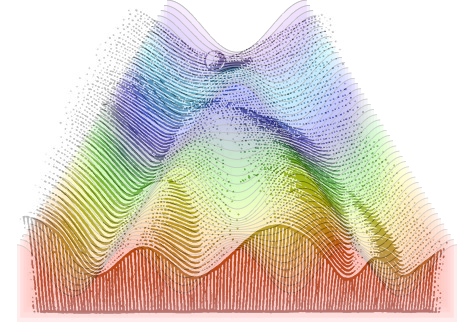
|
|
|
Laurent LoisonWith or without an epigenetic landscape? Waddington versus Schmalhausen about genetic assimilation
Laurent Loison
CNRS (Université Paris-Cité, UMR 7219)
It is well known that Conrad Waddington (1905-1975) and Ivan Schmalhausen (1884-1963) independently developed a very similar concept of adaptive evolution based on phenotypic plasticity during the 1940s and 1950s. In both cases, their models emphasized the robustness of embryonic development, its ability to resist environmental or genetic perturbations (a property termed “canalization” by Waddington, “autonomization” by Schmalhausen). In retrospect, the convergence of their conceptions is indeed striking. However, there is at least one significant difference between the two: Waddington based his model on his iconic figure of the epigenetic landscape, Schmalhausen did not. In this presentation, I will explore the conceptual consequences of this difference and show that, while Waddington’s landscape has indeed had a major heuristic role in the life sciences, it may also have played as an “epistemological obstacle” (in the sense given to this term by philosopher Gastond Bachelard) in the way we conceive of embryogenesis, its “creativity” and its genetic determinism. |

